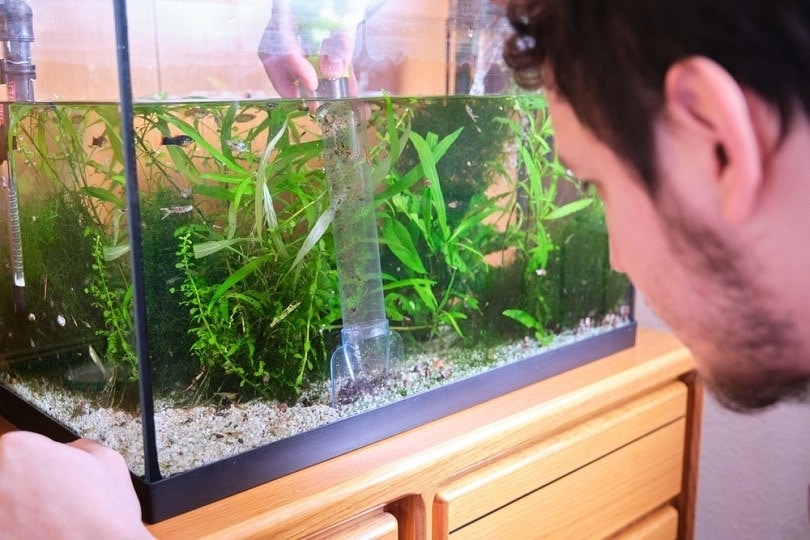Aquarium plants require specific conditions to thrive in a home aquarium environment. Apart from adequate lighting and proper water parameters, the choice of substrate is crucial for plant growth. aquarium plant soil substrate provides the necessary nutrients and support for plant roots, ensuring healthy growth and vibrant foliage. Let’s explore the different types of aquarium substrates and guide you on choosing the right one for your aquatic plants.
Types of Aquarium Plant Soil Substrates
It come in different types, each offering unique benefits for plant growth. The most common types include:
- Clay-Based Substrate: This substrate contains clay minerals that provide essential nutrients such as iron, calcium, and magnesium. It also has a high CEC (cation exchange capacity), meaning it can hold onto nutrients for longer periods, making them available to plants for a longer time.
- Sand-Based Substrate: This substrate is composed of small, smooth particles that allow for excellent water flow and oxygen exchange. It is ideal for plants with shallow roots and is easy to clean.
- Gravel-Based Substrate: This substrate is made of small, irregularly shaped rocks and is ideal for plants with deeper roots. It allows for water circulation and provides a stable base for plants to anchor themselves.
- Soil-Based Substrate: This substrate is made of natural soil and is rich in organic matter and nutrients. It is ideal for plants that require a lot of nutrients and is suitable for aqua scaping setups.

Choosing the Right Aquarium Plant Soil Substrate
Choosing the rightsubstrate depends on several factors, including the type of plants you intend to grow, the size of your aquarium, and your budget. Here are some tips to help you choose the right substrate for your aquarium plants:
- Consider the Plant’s Nutrient Requirements: Different plants have varying nutrient requirements, and choosing a substrate that matches their needs is essential. For instance, clay-based substrates provide essential nutrients such as iron, which is crucial for red plants, while soil-based substrates offer a rich source of organic matter that benefits nutrient-hungry plants.
- Size of Aquarium: The size of your aquarium will determine the amount of substrate you need. It is essential to measure the depth of the substrate to ensure it is not too shallow or too deep for the plants.
- Budget: Aquarium substrates come at different price points, and it’s essential to choose one that fits your budget. While cheaper options may seem attractive, they may not provide the necessary nutrients and support for plant growth.
Choosing the right aquarium plant soil substrate is crucial for plant growth and a thriving aquatic environment. Clay-based substrates, sand-based substrates, gravel-based substrates, and soil-based substrates are the most common types of substrates available. When choosing a substrate, consider the plant’s nutrient requirements, the size of your aquarium, and your budget. By providing the right substrate for your plants, you’ll create a beautiful aquatic environment that’s both healthy and aesthetically pleasing.
